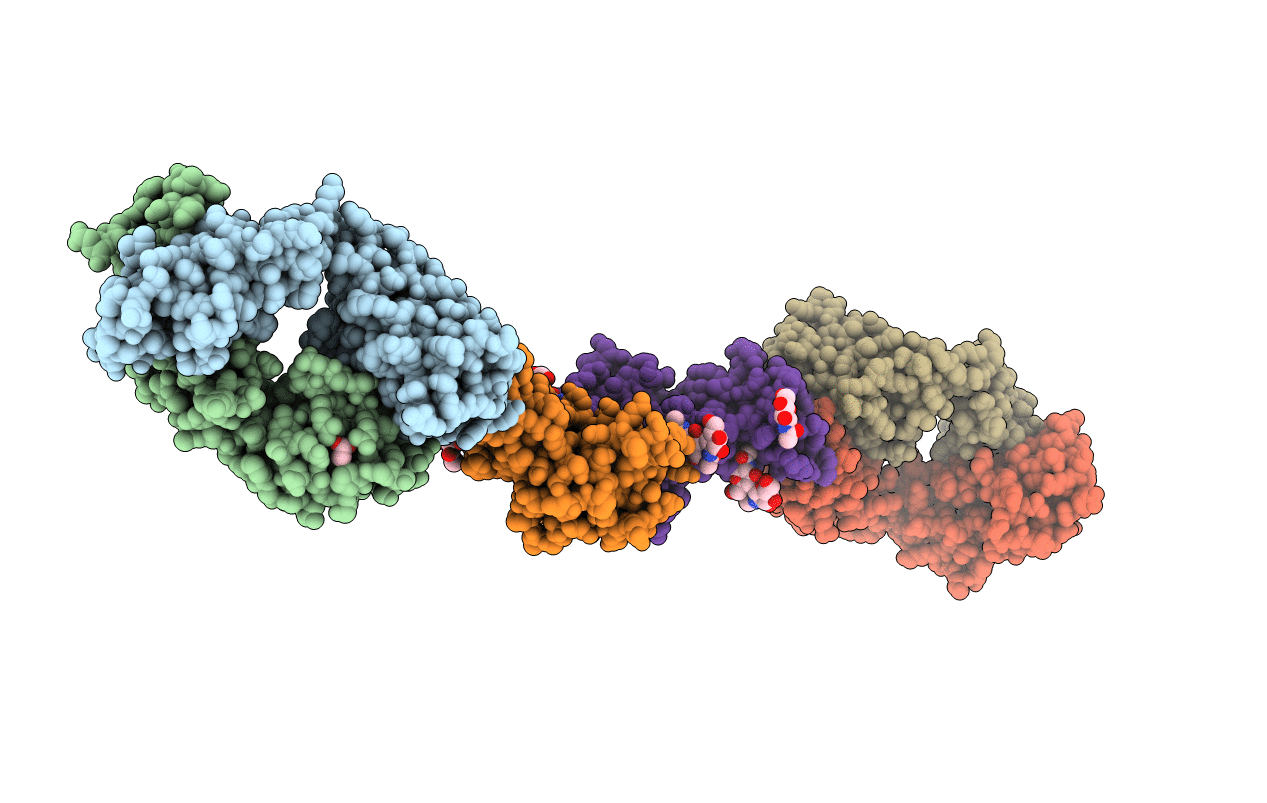
Deposition Date
2012-05-08
Release Date
2012-08-22
Last Version Date
2024-10-16
Entry Detail
PDB ID:
4F2M
Keywords:
Title:
Crystal structure of a TGEV coronavirus Spike fragment in complex with the TGEV neutralizing monoclonal antibody 1AF10
Biological Source:
Source Organism:
Mus musculus (Taxon ID: 10090)
TGEV virulent Purdue (Taxon ID: 398812)
TGEV virulent Purdue (Taxon ID: 398812)
Method Details:
Experimental Method:
Resolution:
3.00 Å
R-Value Free:
0.25
R-Value Work:
0.21
R-Value Observed:
0.21
Space Group:
P 1 21 1


